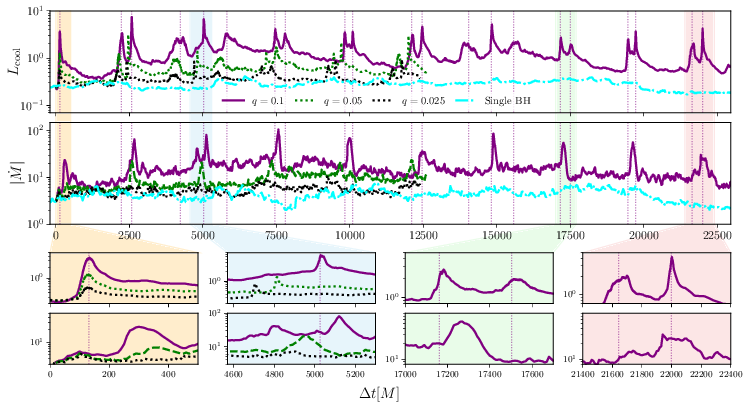OJ 287 is a galaxy at redshift 0.3 that has been observed to flare roughly twice every 12 years since the late 19th century. It has been widely interpreted as a supermassive black hole binary with the primary having a mass of 18 billion suns and the secondary having a mass of 150 million suns. In this model, flares are produced each time the secondary passes through the radiatively cooled accretion disk of the primary, producing hot bubbles of gas on both sides that eventually radiate. Recently, some authors have argued that the mass of the primary is actually over 100 times lower, calling the basic paradigm into question. Much of the uncertainty lies in connecting the timing of the disk impact flares with other observed flares potentially associated with the jet or delayed accretion events. Distinguishing between the two competing models and even determining whether or not the system is a binary at all will require realistic simulations. As an initial starting point, we have performed the first global GRMHD simulations of the system in a time-dependent spacetime. These simulations qualitatively agree with several aspects of the standard model, but they used an artificial cooling function. Instead, our next step will be to rigorously test the models against observations with accurate photon radiative transport.

